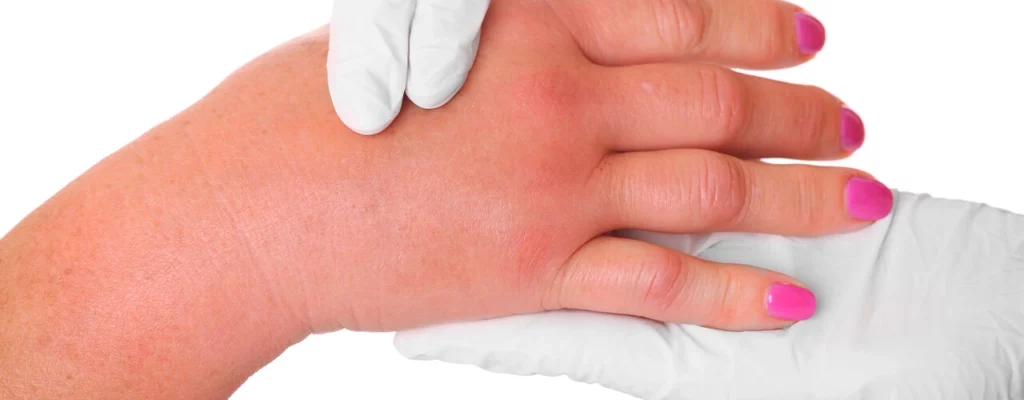
Manual edema mobilization (MEM) is a specialized technique employed by occupational and physical therapists to decrease swelling and inflammation in various parts of the body. By utilizing manual massage and mobilization methods, MEM enhances circulation and lymphatic flow in affected areas, promoting the removal of excess fluid and reduction of inflammation. This therapy is particularly useful for treating conditions that lead to subacute and chronic edema, such as strokes, trauma, and surgical intervention. MEM is designed for patients with intact lymphatic systems, ensuring that stimulation of lymphatic structures effectively eliminates excess lymph trapped within the interstitium.
MEM incorporates both active and passive exercises and massage of the swollen body part. Therapists may employ a range of techniques, including gentle stroking, kneading, vibration, and compression, to facilitate fluid movement and alleviate inflammation. This process aids in improving circulation and lymphatic flow. Each treatment session may last up to 30 minutes and can be integrated with other edema reduction methods. It is essential to understand that MEM is not a one-time treatment; therapists will continuously monitor and assess treatment progress, making adjustments as required.
Throughout the recovery process, MEM offers numerous benefits. By preventing persistent edema, MEM helps avoid the development of fibrotic tissue, which can lead to stiffness, delayed healing, and ongoing pain. Additionally, MEM accelerates recovery time and fosters steady progress in regaining range of motion. Furthermore, patients can learn MEM as a home exercise program, enabling them to manage their condition and enhance overall quality of life.
MEM is advantageous for a variety of conditions causing swelling and inflammation, such as post-operative swelling, soft tissue injuries, and specific chronic conditions. However, the suitability of MEM for your unique situation depends on your particular condition and symptoms. It is advisable to consult with an occupational/physical therapist or healthcare provider to evaluate your condition and determine if MEM is an appropriate treatment option for you.
